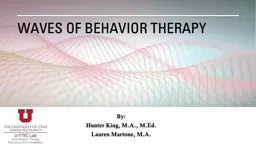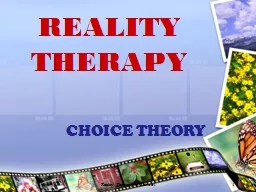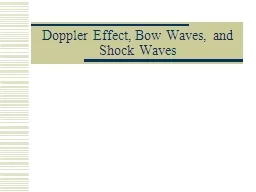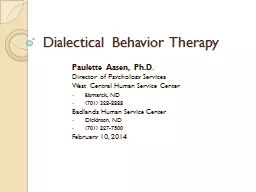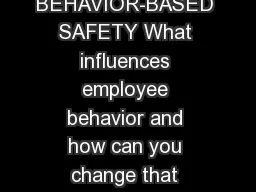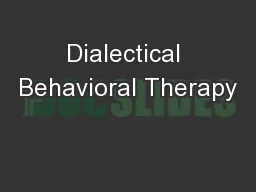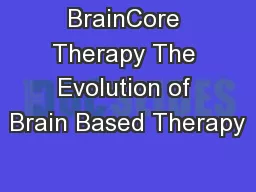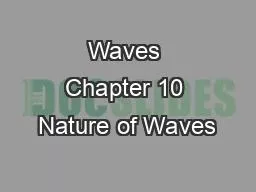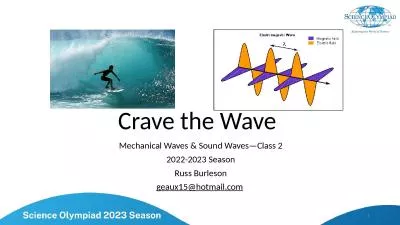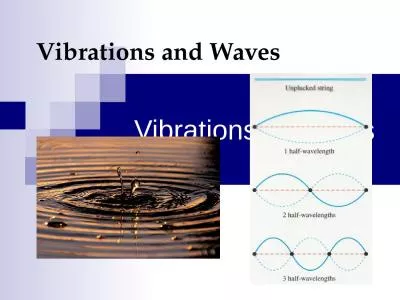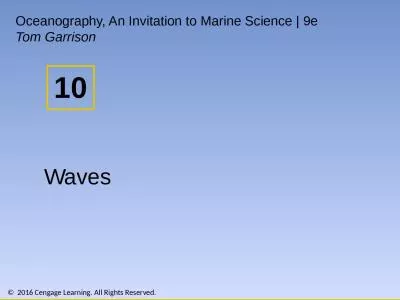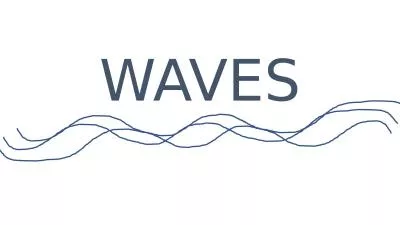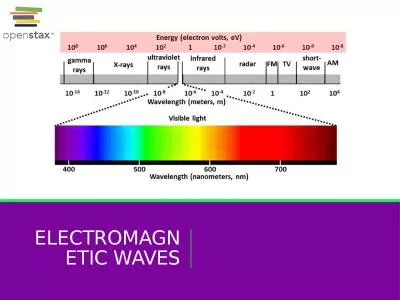PPT-Waves of Behavior Therapy
Author : yvonne | Published Date : 2022-05-31
By Hunter King MA MEd Lauren Martone MA Agenda First order change vs Second order change Context surrounding each shift Third wave behavior therapies Dialectical
Presentation Embed Code
Download Presentation
Download Presentation The PPT/PDF document "Waves of Behavior Therapy" is the property of its rightful owner. Permission is granted to download and print the materials on this website for personal, non-commercial use only, and to display it on your personal computer provided you do not modify the materials and that you retain all copyright notices contained in the materials. By downloading content from our website, you accept the terms of this agreement.
Waves of Behavior Therapy: Transcript
Download Rules Of Document
"Waves of Behavior Therapy"The content belongs to its owner. You may download and print it for personal use, without modification, and keep all copyright notices. By downloading, you agree to these terms.
Related Documents

